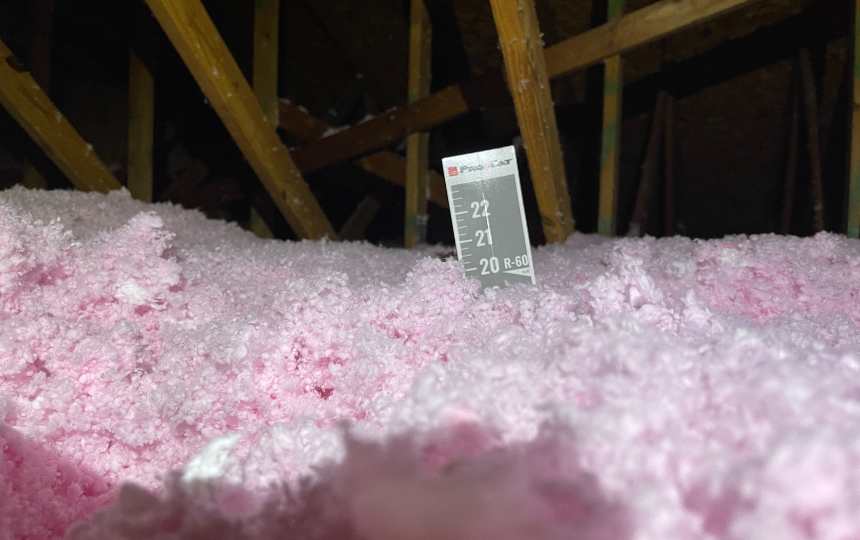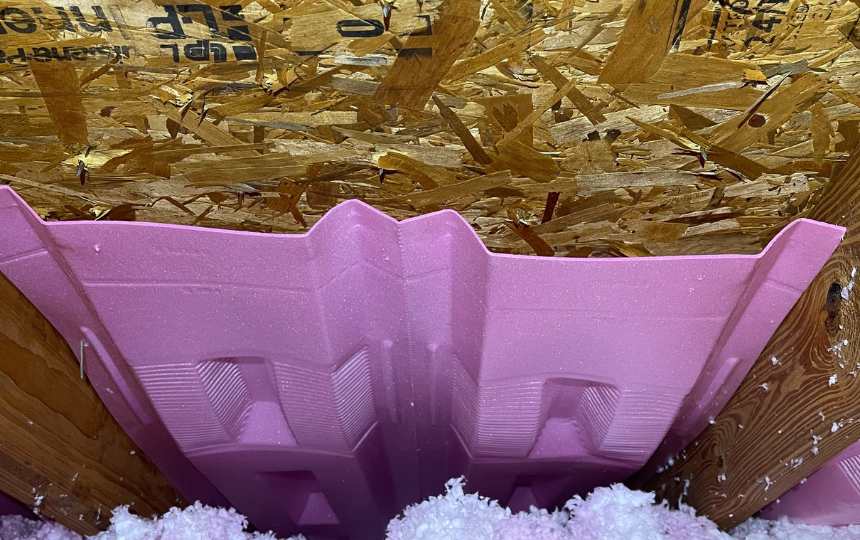Insulating your attic is one of the most effective ways to improve your home’s energy efficiency and your family’s comfort. Yet, it’s also one of those home improvement projects often done incorrectly, leading to wasted time, money, and resources. You must avoid these five common mistakes to ensure your attic insulation is top-notch.
Introduction to Attic Insulation
In the grand quest for a snug and efficient home, the unsung hero sitting right above your head is the attic insulation. Properly installed insulation can significantly save your utility bills, especially in extreme weather. It’s your first line of defense against winter’s crackling chill and summer’s sizzling heat. Yet, many homeowners inadvertently sabotage their insulation efforts due to several common missteps. Our in-depth exploration of these mistakes will give you the knowledge to insulate like a pro, boosting your home’s sustainability and creature comfort.
The Long-Term Benefits of Attic Insulation
The attic might be out of sight, but it should never be out of mind regarding home energy efficiency. With the proper insulation, you can expect:
- Lower energy costs year-round
- Reduced strain on your heating and cooling systems
- Enhanced home comfort with more consistent temperatures
- A smaller carbon footprint if you’re environmentally inclined
Ready to explore the pitfalls and their solutions? Keep reading to learn how to insulate your home without novice errors.
Mistake 1: Inadequate Insulation Thickness
The thickness of your insulation, commonly called its R-value, is one of the most critical aspects of its efficacy. R-value represents the ability of the insulation to resist heat flow; a higher R-value means better insulating effectiveness.

The Impact of Inadequate Thickness
If your attic’s insulation doesn’t meet the recommended R-value for your region, you’re essentially throwing money out the window (or, more accurately, through the roof). This leads to a significant waste of energy as your home struggles to maintain a comfortable temperature.
Recommended Insulation Levels
The Department of Energy offers guidelines for the minimum R-value you should have based on where you live. For example, colder climates may require R-49 to R-60, which could translate to over a foot of fiberglass insulation, while warmer regions may need R-30 to R-49.
The key takeaway here is to not skimp on the thickness of your insulation. It’s your long-term savings at stake.
Mistake 2: Gaps and Air Leaks
No matter how good your insulation is, it’s only as effective as the air seal in your attic. Gaps and leaks are the Achilles’ heel of home insulation, allowing air to move freely and carrying your comfort and cash.
Identifying and Sealing Leaks
A standard method for identifying these leaks is visually inspecting your attic during the day. Turn off the lights and look for beams of light peeking through. Use appropriate materials like weather-stripping, expanding foam, or caulk to seal them.
Enhancing Insulation Efficiency
By sealing air leaks, you not only prevent the escape of conditioned air but also block the entry points for moisture, dust, and pests. This means your insulation is more effective, lasts longer, and contributes to a healthier indoor environment.
Mistake 3: Improper Vapor Barrier Installation
In colder climates, a vapor barrier is essential for keeping moisture from getting trapped in your insulation and causing potential damage. However, it’s equally important to install it correctly to avoid unintended consequences.
Why a Vapor Barrier Matters
Moisture in your insulation can lead to mold growth, decreased R-value, and, in extreme cases, structural damage. A vapor barrier — typically a plastic sheet — helps to keep your insulation dry.
Correct Installation Techniques
The key to installing a vapor barrier is to ensure it’s on the warm-in-winter side of your insulation. This usually means between the heated space and the insulation in the attic floor.
Be meticulous — ensure no gaps or tears, and seal all seams with the appropriate moisture-resistant tape. You don’t want to create a moisture trap that could lead to issues inadvertently.
Mistake 4: Compression of Insulation
Installing insulation is not a one-size-fits-all process. Factoring in the depth, R-value, and material specifications is crucial. Compromising on these can lead to insulation that’s as good as none.
Why Compression is a Problem
When insulation is compressed, its air pockets — the secret sauce of any insulating material — are squished, significantly reducing its R-value. This often happens in attics when homeowners lay flooring material on insulation.
Ensuring Proper Installation
A simple solution is to use insulation materials designed to support weight, such as blown-in insulation or certain types of foam. If you must access your attic frequently, opt for raised platforms to maintain the integrity of your insulation.
Be mindful to install insulation loosely to the manufacturer’s specifications. Remember, fluffiness equals effectiveness.
Mistake 5: Neglecting Ventilation
Insulation alone is not enough to maintain a healthy home ecosystem. Adequate ventilation controls moisture and prevents ice dams in colder climates.
The Role of Ventilation
Adequately installed roof vents allow for air exchange that helps to control attic temperatures and moisture levels. This, in turn, protects your home from potential damage caused by excess moisture or heat buildup.
Balancing Insulation and Ventilation
It’s critical to balance the amount of insulation with the level of ventilation in your attic. You don’t want to block your vents with insulation, which can lead to poor air circulation and negate their purpose.
When you enhance your attic insulation, consider the need for additional or improved ventilation. This harmony between insulation and ventilation ensures your home operates at peak efficiency.
Conclusion
The attic is an often overlooked yet integral part of your home’s thermal envelope. By avoiding these five common insulating mistakes, you’re taking a proactive step toward a more comfortable and efficient living space.
Remember, insulation is an investment in your home. Properly installed and maintained, it will pay dividends in energy savings and a cozier home environment. Be attentive to these critical areas, and your attic insulation project will be a long-term success.
In the realm of home improvement, there’s always something to learn. With each project, we grow in our understanding of how to create spaces that are both functional and delightful. Share this knowledge and empower homeowners to make informed decisions about their attics. It’s not just about saving money—it’s about building a world of sustainable, energy-wise homes, one attic at a time.
In addition, here are some excellent resources for you:
- Should You Insulate Your Attic Yourself Or Hire A Professional?
- Top 10 Benefits of Insulating Your Attic
- What Are The Benefits Of Having New Siding Installed On Your Home?
- How To Know When It’s Time For A New Roof
Also, here are some resources to help you select a reputable contractor:
- How to Hire an Attic Insulation Contractor: the Ultimate Checklist
- How to Avoid Being Scammed by an Attic Insulation Contractor
At Myers Roofing & Exteriors, we always work hard to ensure our customers get the best possible service for their Attic Insulation needs. We can help with installation, repair, removal, and replacement – everything you need to keep your attic insulation working best for you and your home.
Myers Roofing & Exteriors is proud to be recognized as a top provider of excellence and quality in the Hamilton, Boone, & Tipton County areas.
Let’s schedule a time for your Free Attic Insulation Inspection. Book Online Here!




